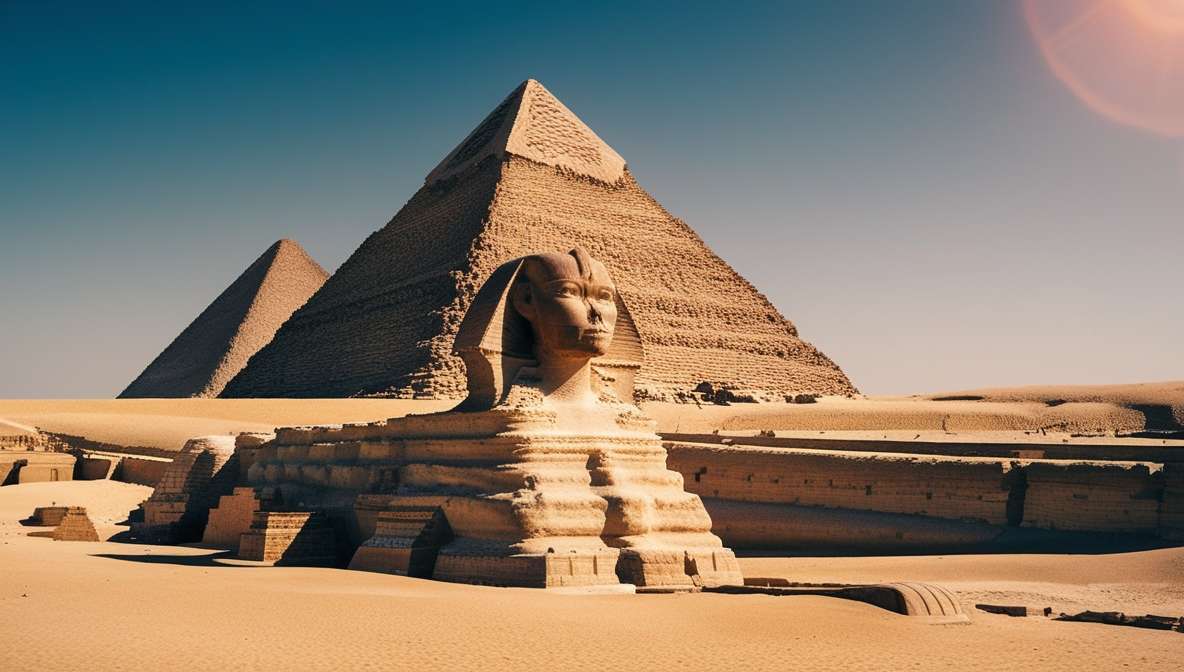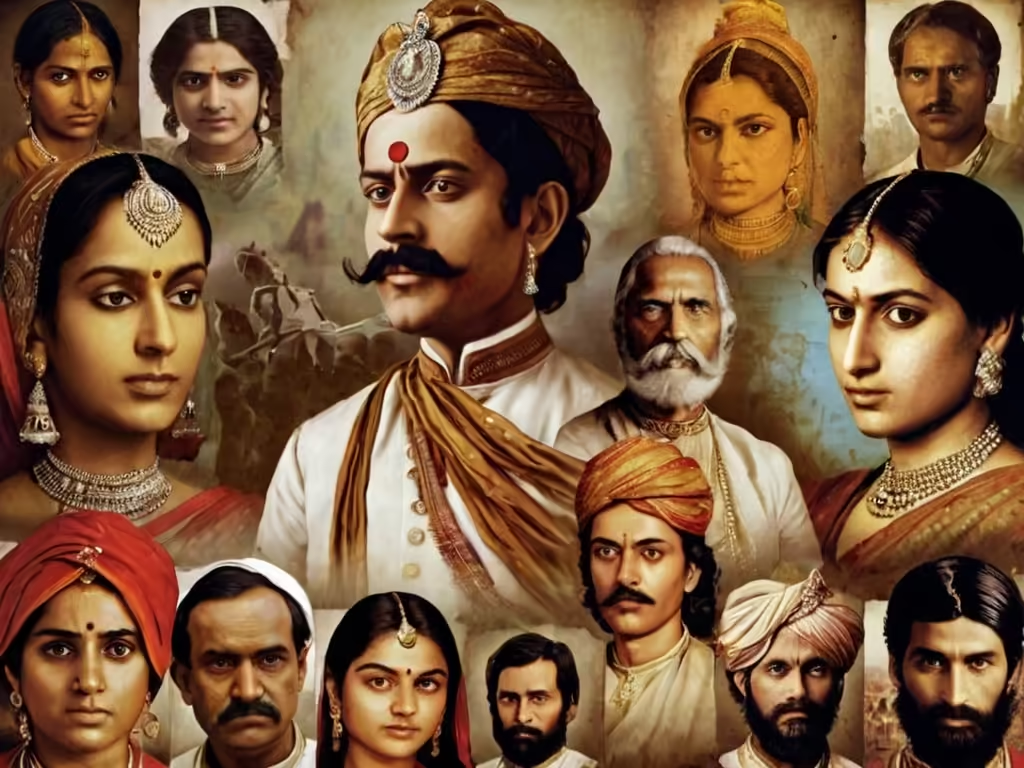Introduction to Ancient Egypt 🏺
The civilization of Ancient Egypt remains one of the most captivating and enduring in history, thriving along the Nile River for over three millennia. From its grand pyramids to its complex spiritual practices, this ancient society left behind an impressive legacy that still draws admiration today. In this article, we’ll dive into the key aspects of Egyptian life, exploring their architecture, religious beliefs, societal roles, and scientific advancements. Step back in time and discover the secrets of Ancient Egypt!
SEE ALSO : Diwali 2024: Ignite Joy and Prosperity with the Festival of Lights 🌟
1. Ancient Egyptian Society 🏛️
The people of Ancient Egypt lived under a well-defined social hierarchy, with the pharaoh positioned as the supreme leader and a deity in human form. Pharaohs were considered representatives of the gods, bearing the weight of maintaining harmony and prosperity, a concept known as maat. Egyptian society included:
- Pharaohs and Queens: Divine rulers who governed the land.
- Priests and Nobles: Religious and political elites who assisted the pharaoh.
- Scribes and Artisans: Skilled individuals who were essential in documenting and crafting Egyptian culture.
- Farmers and Laborers: The primary workforce that sustained Egypt’s economy and contributed to monumental construction projects.
Some of the most well-known rulers in Ancient Egypt include Tutankhamun (often called King Tut), the intriguing Queen Cleopatra, and Ramses II, each leaving a unique imprint on Egypt’s rich history.
2. The Pyramids of Giza ⛰️
The Pyramids of Giza are perhaps the most iconic symbol of Ancient Egypt. Built during the Fourth Dynasty, these structures are over 4,500 years old. Here are some fascinating details:
| Pyramid | Height | Estimated Construction Date |
|---|---|---|
| Great Pyramid of Khufu | 146 meters | ~2580 BC |
| Pyramid of Khafre | 136 meters | ~2570 BC |
| Pyramid of Menkaure | 62 meters | ~2510 BC |
Each pyramid was built as a tomb for a pharaoh, intended to guide the ruler into the afterlife. The construction methods remain a mystery, as the pyramids are massive, each stone block weighing between 2 and 15 tons!
SEE ALSO: The Silk Road: A Journey Through Time 🌍✨

3. Hieroglyphics & Writing 📝
Ancient Egyptians created a complex system of writing called hieroglyphics, which combined pictures and symbols to represent words and sounds. This script was essential for religious texts, government records, and monumental inscriptions. Writing was so important that a special group of educated individuals, called scribes, was responsible for preserving Egyptian knowledge.
Interestingly, the Rosetta Stone, discovered in 1799, allowed scholars to finally translate these ancient writings. This stone had the same text in three scripts: Greek, Demotic, and hieroglyphics.
4. Egyptian Religion & Gods 🐍
For the people of Ancient Egypt, spirituality was woven into the very fabric of daily life, with a vast pantheon of gods and goddesses overseeing every aspect of the natural world and human experience. Key Egyptian gods included:
| God/Goddess | Symbol | Role |
|---|---|---|
| Ra | Sun | Sun god, creator of life |
| Osiris | Crook and flail | God of the underworld |
| Isis | Throne | Goddess of magic and motherhood |
| Anubis | Jackal | God of mummification and the afterlife |
The Egyptians held strong beliefs in an afterlife, which they envisioned as a continuation of earthly life but in a perfect state. To ensure this journey, they developed the practice of mummification, carefully preserving bodies to prepare them for eternity. Sacred items, treasures, and offerings were often buried with the deceased to serve them in the next world, especially within the great pyramids.
5. Advances in Science & Math 🧪
Despite the ancient times, Egyptians were highly advanced in science and mathematics. They made significant strides in medicine, using herbs and even performing simple surgeries. In mathematics, they developed early forms of geometry, which they used to design their architectural marvels.
| Field | Contribution |
|---|---|
| Medicine | Herbal treatments, surgery |
| Astronomy | Solar calendar with 365 days |
| Engineering | Pyramid construction techniques |
| Mathematics | Early geometry and measurements |
Their 365-day calendar is still used today and demonstrates their profound understanding of astronomy and mathematics. Ancient Egypt’s scientific and mathematical contributions were ahead of their time, influencing many future civilizations.
Conclusion: Ancient Egypt’s Legacy 🌟
Ancient Egypt continues to be one of the most admired civilizations in history, celebrated for its pyramids, religion, art, and scientific achievements. The legacy of Ancient Egypt shapes the modern world, reminding us of the power of human creativity and resilience.
By exploring the stories, architecture, and beliefs of this ancient culture, we gain a deeper appreciation of a civilization that has left an indelible mark on human history. From the mysteries of the pyramids to the life of pharaohs, Ancient Egypt remains an eternal subject of fascination.




2 thoughts on “Unlocking the Secrets of Ancient Egypt: 5 Wonders of a Timeless Civilization”